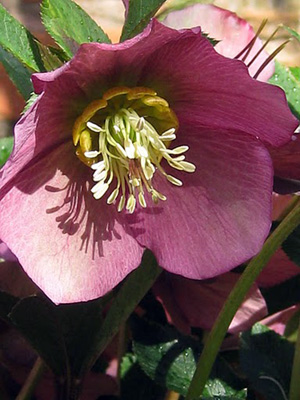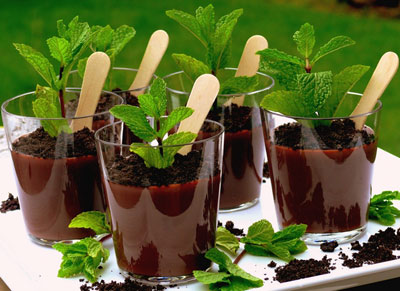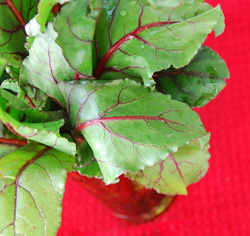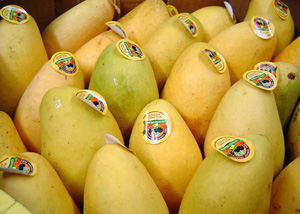 During the season of Lent, an herbaceous perennial sends up its hearty bells of florets on sturdy stems – bridging the gap between winter and spring.
During the season of Lent, an herbaceous perennial sends up its hearty bells of florets on sturdy stems – bridging the gap between winter and spring.
As with the season of Lent itself – a wintry season of contemplation, spiritual focus, and petition - these symbols of new life out of the deathlike state of winter are emblems of the newness of spring, rebirth, and rejuvenation.
Helleborus is the genus name for Lenten Roses to which these perennials are often referred as Hellebores. Hellebores range from garnet to ruby, lilac to lavender, and to the purest white. Once the flowers begin to fade, the petals become chartreuse and lime green, lasting for months on their stems and for days in arrangements. Some of the flowers are the simplest, five petal blossoms you’ll ever see, while others are compound arrays of florets with freckles or dark nectaries complemented by bright sepals.
Leathery leaves, pretty and green, make for a delightful texture in the garden. The dark green of the Christmas Rose, Helleborus niger, is quite stunning around Christmas time and into January. The pure white flowers dangling above the glossy greenery are beautiful sentiments for the Christmas Holidays. From there, cultivars and cross species of Helleborus orientalis will begin to emerge and bloom through the winter and especially during Lent…quite an appropriate name, eh? From bloom time to color to texture, I’m sure you’ll be able to find a Hellebore to suit your garden’s fancy.
 These mini mint puddings sprout to life with their mint seedling growing out the top and ground-cookie dirt sprinkled on the surface.
These mini mint puddings sprout to life with their mint seedling growing out the top and ground-cookie dirt sprinkled on the surface.
 During the season of Lent, an herbaceous perennial sends up its hearty bells of florets on sturdy stems – bridging the gap between winter and spring.
During the season of Lent, an herbaceous perennial sends up its hearty bells of florets on sturdy stems – bridging the gap between winter and spring. A few weeks ago at the farmers' market I asked for a bunch of beets. The farmer grabbed a beautiful bunch: five crimson colored globes topped with remarkably long, red stalks and large, crisp leafy greens. I could practically taste them.
A few weeks ago at the farmers' market I asked for a bunch of beets. The farmer grabbed a beautiful bunch: five crimson colored globes topped with remarkably long, red stalks and large, crisp leafy greens. I could practically taste them. Chances are you didn't buy a bunny for your child this Easter. I know this because according to The Humane Society, sales of bunnies are down this year. That's a good thing, since many American kids fervently love their bunnies until the Tuesday after Easter.
Chances are you didn't buy a bunny for your child this Easter. I know this because according to The Humane Society, sales of bunnies are down this year. That's a good thing, since many American kids fervently love their bunnies until the Tuesday after Easter. There are two things in my world that tell me spring is officially here. One, the call of the loons wake me from my morning slumber as they float on the river just outside my window. That just happened Wednesday morning. Two, the small juicy yellow-skinned mangoes are ready to purchase by the case at my favorite little Asian market in Fargo. Done. Spring is here.
There are two things in my world that tell me spring is officially here. One, the call of the loons wake me from my morning slumber as they float on the river just outside my window. That just happened Wednesday morning. Two, the small juicy yellow-skinned mangoes are ready to purchase by the case at my favorite little Asian market in Fargo. Done. Spring is here.